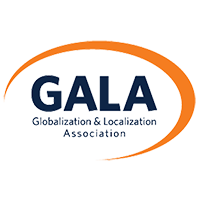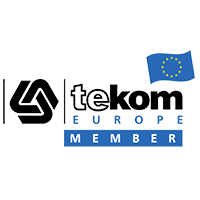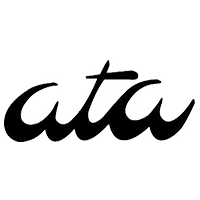UDI in the United States and European Union
In part one of this series, we looked at the overarching differences between the European Union’s Medical Device Regulation (MDR) and the United States’ Food and Drug Administration (FDA). This time out, we’re going to pinpoint the critical differences in unique device identification (UDI) requirements.
What is UDI?
At its most basic, UDI is a system used to mark and identify medical devices within a healthcare supply chain. At present, the International Medical Device Regulator Forum (IMDRF), the FDA, and the European Commission are hammering out details for a globally consistent approach to UDI that will increase patient safety and help optimize patient care by setting up global standards. Let’s examine the key differences in existing approaches to see how they might be brought together under one roof.
The FDA Approach
The US FDA released, in September 2013 a rule which establishes that a unique device identifier number should be assigned by the device manufacturer to each version or model of a device, and that the unique device identifier should be both in human readable format and in AutoID format. In addition:
- Single-use devices of all classes (except implants) sold individually do not need UDI (UDI must be on the bulk packaging, however)
- Software distributed in packaged and unpackaged form may be identified with the same device identifier
- Labelers are responsible for UDI
- The FDA mentions disinfection and sterilization, but not cleaning
The EU Approach
The EU Medical Device Regulation (MDR) and In-Vitro Diagnostic Regulation (IVDR) were adopted in 2017 and define the requirements for the EU’s UDI system. One new concept that has been introduced by the EU regulations is the basic UDI-DI, which allows for the grouping of regulated medical devices within EUDAMED, the EU regulatory database for regulated medical devices. Some other stipulations include:
- UDIs on labels and software need to be identical
- Manufacturers are responsible for labeling
- Cleaning is considered processing for reusable devices
A helping hand
In a global marketplace, labels are naturally expected to be multilingual. However, new UDI formatting requirements reduce the size of external labeling space and make it harder to include multiple languages or use languages that take up more space. At Argos Multilingual, our translation, localization, and desktop publishing (DTP) specialists are ready to help your organization meet global requirements and best serve your customers. Click here to find out more!




